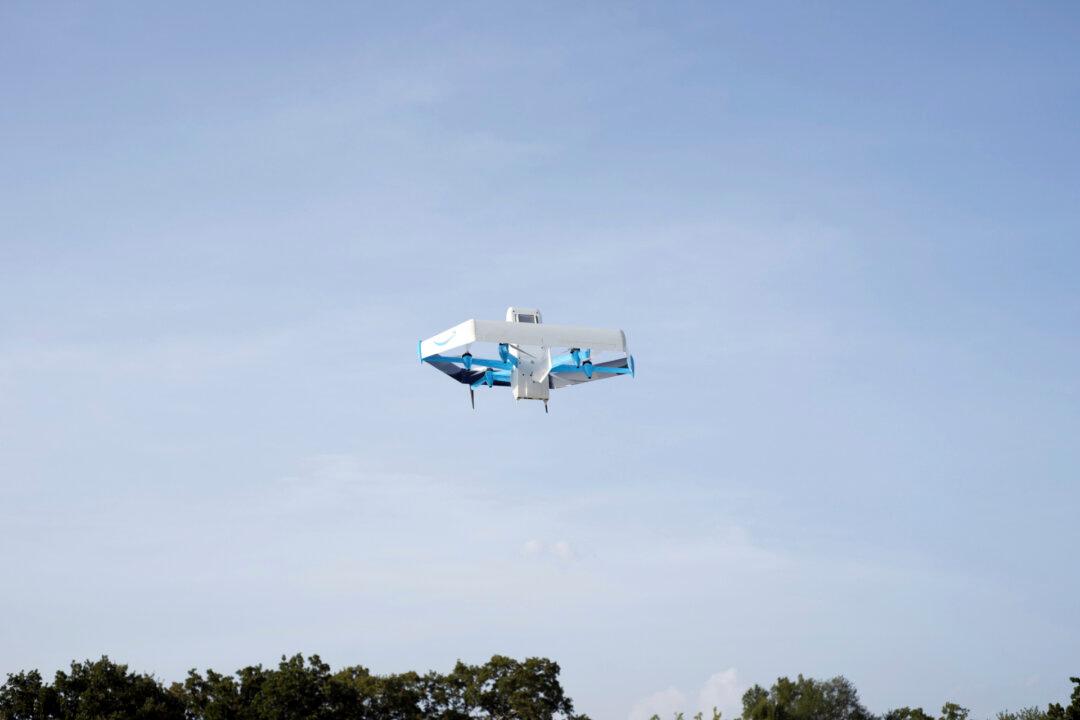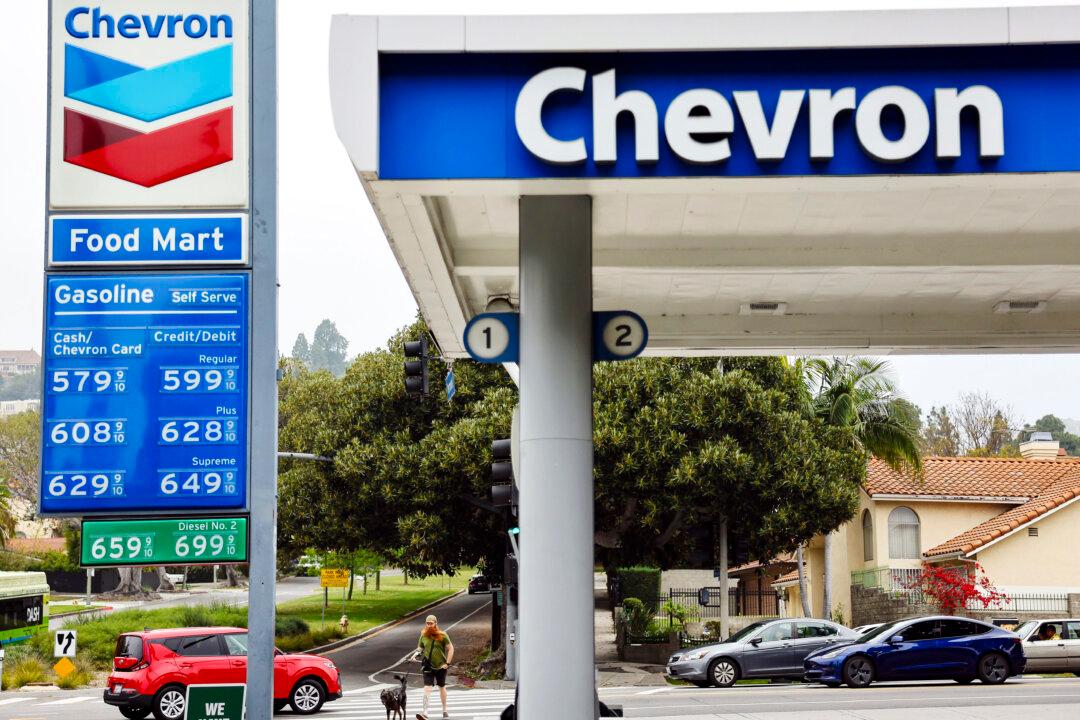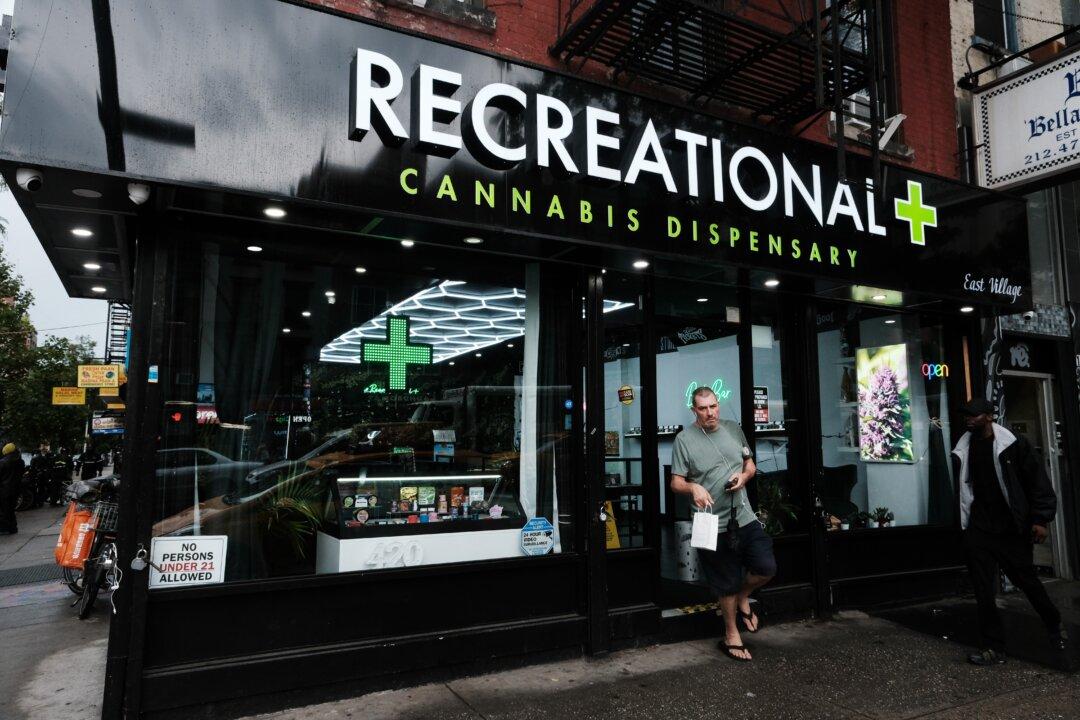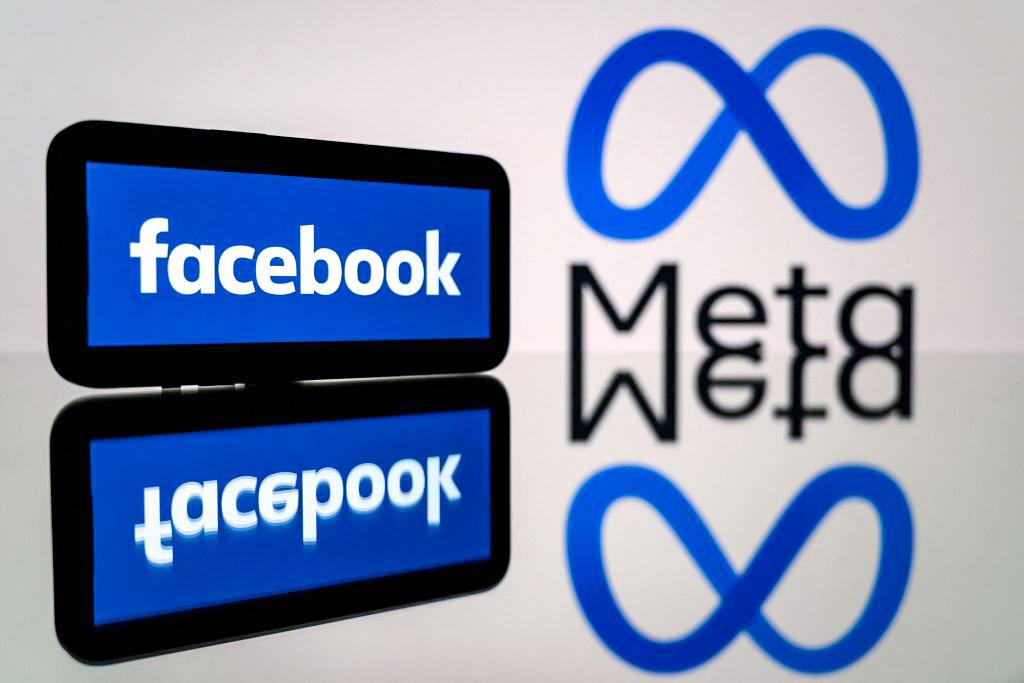Amazon will soon make prescription drugs fall from the sky when the e-commerce giant becomes the latest company to test drone deliveries for medications, the company announced on Wednesday.
Residents in College Station, Texas, can choose to have their medications delivered by a drone within an hour of placing their order. There is no additional cost for the service, according to a news release.





